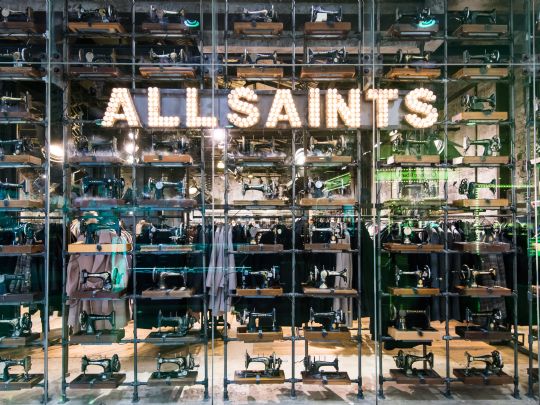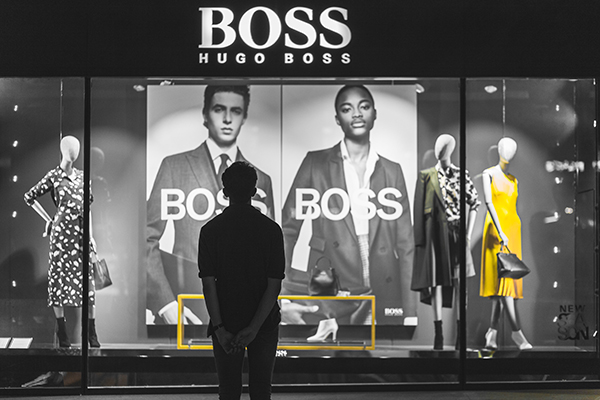Setting the Context
How many times have you walked into a store where you fall in love with a product but unfortunately, walk out empty-handed because the store didn’t have your size?
Recently, the business case for deploying Radio Frequency Identification (RFID) proves that it can support retailers tackle these inventory inaccuracies. The question is no longer should you deploy RFID but what more can you do with RFID?
Going Beyond Inventory Accuracy
With today’s connected consumer enjoying greater choice and information at their fingertips, now more than ever, retailers need to build robust pricing, product availability and customer experience strategies. Today’s tech-savvy Millennial wants it now and fast.
What if RFID could go beyond inventory accuracy and enable retailers to meet this consumer’s strict demands?
Once the business case for RFID is proven, how can it be leveraged?
1. Smart Labels Merchandising
These RFID ‘smart’ tags are embedded with certain attributes which allow retailers to show expiring stock first and ensure optimum stock rotation. By embedding the RFID tag with a date, retailers provide store associates with the tools to know not only what product is on the shelf but also which item will expire soon to ensure those are sold first. By doing so, retailers reduce their mark-downs and stock-loss.
2. Frictionless Checkout
There is nothing more satisfying than a customer falling in love with your product and deciding to purchase it. All your efforts spent in making it and promoting it pay off. However, the last thing any customer wants is to wait in a long queue to buy it – especially the Millennial who wants it now and fast. Frictionless checkout aims to avoid this by adding RFID-enabled point of sale systems.
By doing so, the customer can walk to the checkout, place the products (embedded with RFID tags) in a basket which will then be scanned. All that is required afterwards is for the customer to pay and leave. This seamless experience leaves the customer happy and stress-free and allows store staff to assist on the sales floor rather than at till point.
3. Cross-Selling
Cross-selling is a popular sales tool used for online shopping where data can easily be extracted. How many of us have experienced this tool upon checking out online where other products similar to those in your basket or that can complement them are suggested? Until recently, it was harder to replicate this in-store.
Thanks to magic mirrors and smart fitting rooms, they can detect what product the customer is trying/holding and suggest more information and features about the products, complementary products or similar products available both in-store and online. At this point the concept of 'endless aisle' becomes apparent as customers are no longer limited to what they and is available in-store
4. Optimised Click & Collect
According to a GlobalData report “clothing and footwear is by far the largest sector within the click-and-collect market, accounting for 59.9 per cent of spend in 2018.”
Click & Collect, Buy Online Pick Up in Store (BOPIS) and Research Online Pick Up in Store (ROPIS) are all these buzzwords allow retailers to achieve an omni-retail strategy ensuring they meet consumers’ demand for quick and immediate availability. Although Click & Collect’s goal is to reduce queue time, improve customer experience and increase sales, if a customer needs to wait instore to receive a parcel all the retailer’s efforts are nulled.
By embedding the QR code on the customer’s contact sheet with a RFID tag linked to the package, store associates can scan the storage room and quickly find the parcel and reduce wait time. In doing so, it also allows staff to be more on the store floor selling rather than finding items in backroom.
5. Legitimate Purchases
When a customer returns an item, how can a retailer prove it’s not a counterfeit and was actually purchased? What guarantees that a customer hasn’t switched the product’s price label for a cheaper one? By using sewn-in RFID tags, store associates can prove that a returned item was indeed bought instore and is a legitimate item thanks to the tags data. In addition, having a tag sewn-in ensures the customer cannot change the price tags.
Conclusion
There are endless ways in which RFID can benefit a retailer. Inventory accuracy will always remain the fundamental base of RFID – this should always be the main reason why a retailer deploys the technology. Only once this is proved, can a retailer leverage RFID to meet the connected consumer’s demands, further increase sales, customer experience and reduce shrinkage.
ITL - Intelligent Label Solutions
Website: itl-group.com
Email: info@itl-group.com
Global contacts: itl-group.com/contacts-at-itl
Latest News
-
Currys upgrades payment technology to enable AI-powered shopping experiences
-
Waitrose pledges new ‘market leading’ welfare standards for charcuterie
-
Ocado ends tech exclusivity agreement in ‘most markets’
-
Asda announces new group CIO
-
What’s next for retail in 2026?
-
The most read Retail Systems stories of 2025
Beyond Channels: Redefining retail with Unified Commerce
This Retail Systems fireside chat with Nikki Baird, Vice President, Strategy & Product at Aptos will explore how unified commerce strategies enable retailers to tear down these barriers and unlock new levels of operational agility and customer satisfaction.
The future of self-checkout: Building a system that works for consumers and retailers
In this webinar, industry leaders discussed what the future of self-checkout looks like and how retailers can make the technology work for everyone.
© 2024 Perspective Publishing Privacy & Cookies










Recent Stories